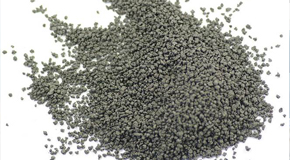EXPLOSIVES ANALYSIS

An explosive is defined as a substance or mixture of substances that is capable of producing an explosion by itself without the need for an outside source of oxygen. An explosion is a rapid oxidation reaction that liberates a large quantity of energy and is accompanied by the evolution of a large volume of hot gases and a loud noise. Explosives are often used in criminal and terrorist activities.
In general, explosives are classified into two categories: low explosives and high explosives. Low explosives are characterized by a slow rate of reaction, also said to be rapid combustion, resulting in a deflagration. Deflagration is defined as an explosion whose resulting pressure wave travels at subsonic speed (less than 340 meters, or 1,115 feet, per second). These explosives, often referred to as propellants, are usually designed to produce a push or to heave a mass. Examples of such explosives are black powder, and single-, double-, and triple-base gun powder.
High explosives are characterized by a high rate of reaction resulting in a detonation. Detonation is defined as an explosion whose resulting pressure wave travels at supersonic speed (more than 340 meters, or 1,115 feet, per second). High explosives create a powerful blasting or shattering effect.
The forensic analysis of explosives has two interests: on intact material, it is to determine if the material is an explosive; and on explosive residues, it is to determine the nature of the explosive and to profile its origin.
Forensic Science Consultants employs a forensic chemist with significant experience in research, method development and analysis of low and high explosive materials and residues.

